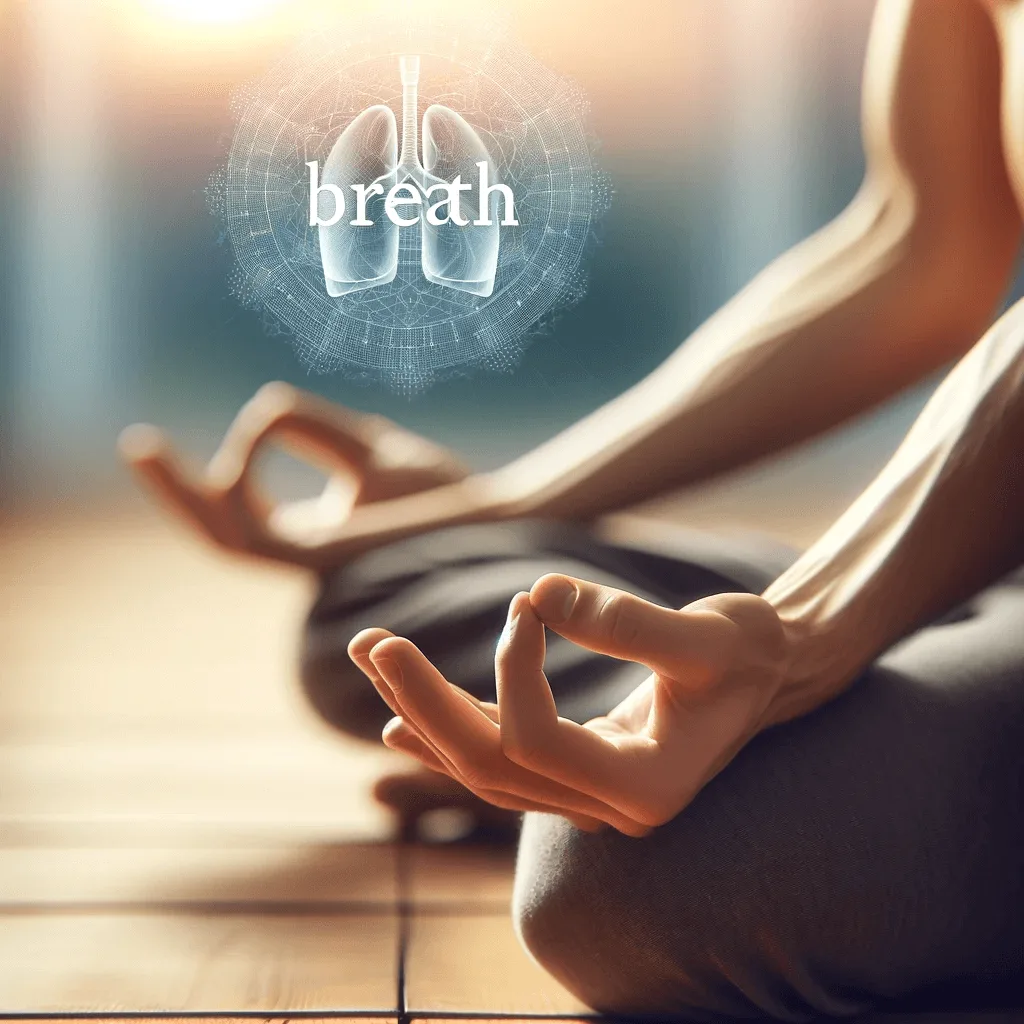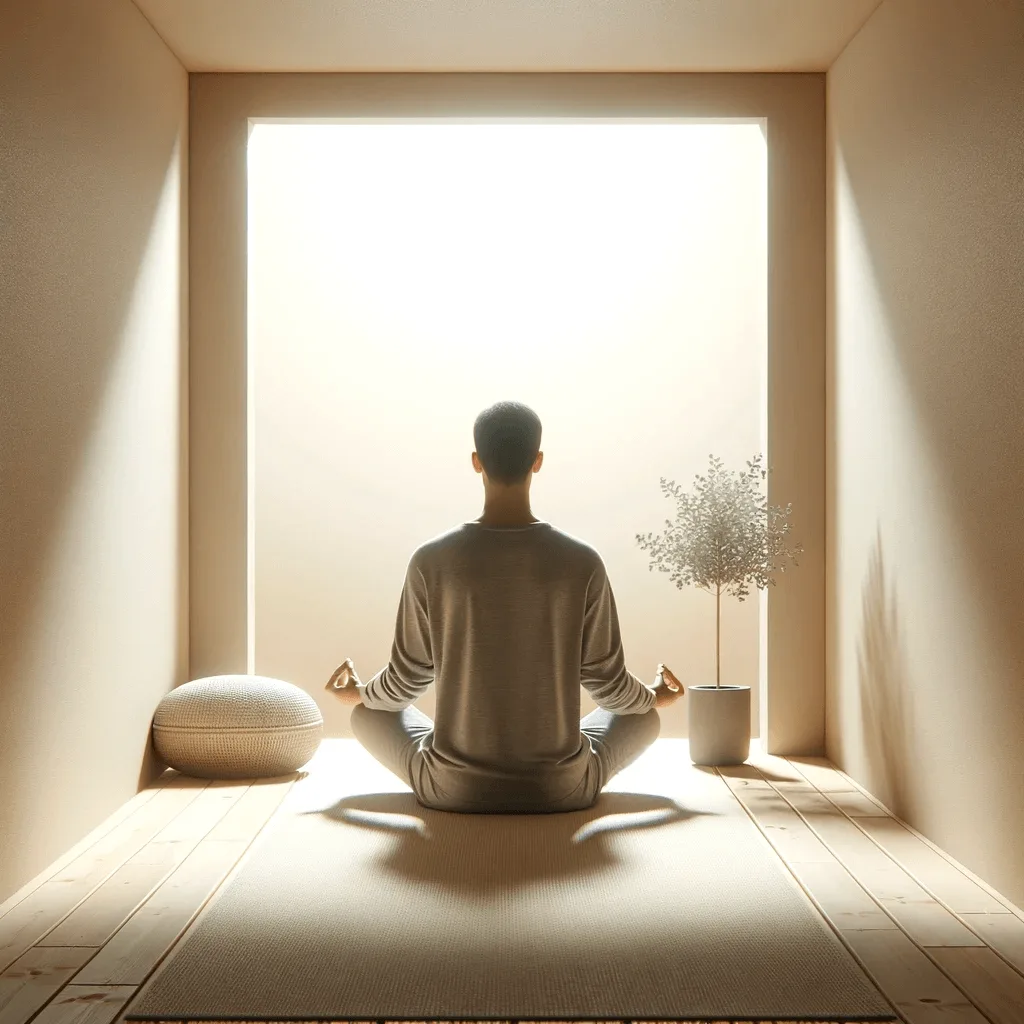
Meditation Basics: Exploring Techniques
Embarking on the path of meditation can be akin to discovering a sanctuary within yourself. For beginners, the variety of methods may seem daunting, but each technique offers a unique passage to tranquility. Meditation doesn't require special equipment or a specific place; it simply needs your willingness to pause and turn inward. As you read on, you’ll discover that meditation is less about silencing the mind and more about observing it.
article by Hina Kurosawa
Understanding Meditation: The Core Purpose
Meditation is an ancient practice that primarily aims to cultivate awareness and presence. At its core, it’s about becoming an observer of your thoughts and emotions, rather than their captive. It can reduce stress, enhance concentration, and promote a greater sense of well-being. Remember, the goal is not to battle your thoughts, but to acknowledge them without attachment.
Breath Focus: Breath as an Anchor
One of the simplest forms of meditation involves focusing on your breath. Find a quiet place and sit comfortably. Close your eyes and take deep, slow breaths. Inhale through your nose, allowing your chest and lower belly to rise, and exhale through your mouth. When your attention drifts, gently guide it back to your breath. This practice helps in centering your mind and bringing about calmness.

Mindfulness Meditation: The Art of Presence
Mindfulness encourages you to observe your thoughts and feelings without judgment. Sit quietly and focus on your natural breathing or on a word or “mantra” that you repeat silently. Allow thoughts to come and go without getting entangled in them. This technique fosters an awareness that becomes a part of your daily life, cultivating a habit of being present.
Body Scan: Relaxation Through Awareness
In body scan meditation, focus on each body part sequentially from head to toe. As you concentrate on each area, notice any sensations, warmth, tension, or discomfort. Breathe into these sensations, imagining each breath bringing relaxation and release. This method is especially beneficial for those seeking to attune to their body and release physical tension.

Loving-Kindness: Cultivating Compassion
Loving-kindness meditation is about developing an attitude of love and kindness towards everything, even your enemies and sources of stress. While breathing deeply, open your heart and send out positive thoughts to loved ones, friends, acquaintances, and even those with whom you have difficulty. Over time, this practice nurtures an attitude of generosity and compassion.
Guided Visualization: Imagery for Inner Peace
Guided visualization is a relaxation technique that involves imagining a scene in which you feel at peace, free to let go of all tension and anxiety. Choose whatever setting is most calming to you, whether it’s a tropical beach, a favorite childhood spot, or a quiet wooded glen. This method can be enhanced through audio recordings, where a narrator leads you through a peaceful scene.
Your Personal Path
As you delve into these techniques, remember that there's no right or wrong way to meditate. It's about finding what works for you and incorporating it into your daily routine. Start with a few minutes each day, and gradually increase the time as you feel comfortable. Meditation is a personal journey; honor it as such, and watch your practice unfold.
Published: 11/8/2023
Modified: 11/9/2023
More predictions
Come back here soon to learn more about yourself and your future





